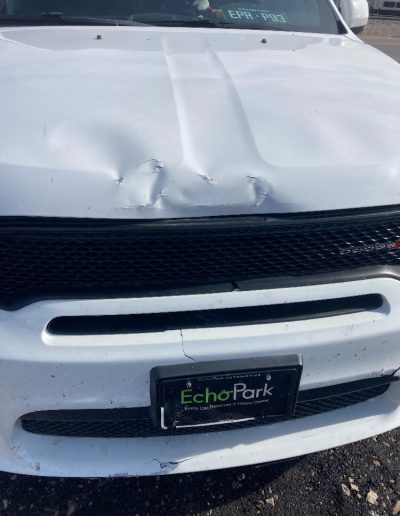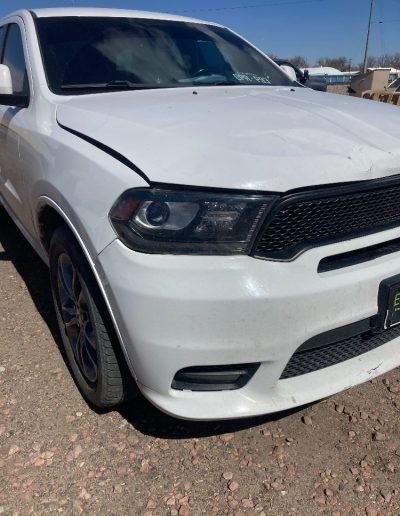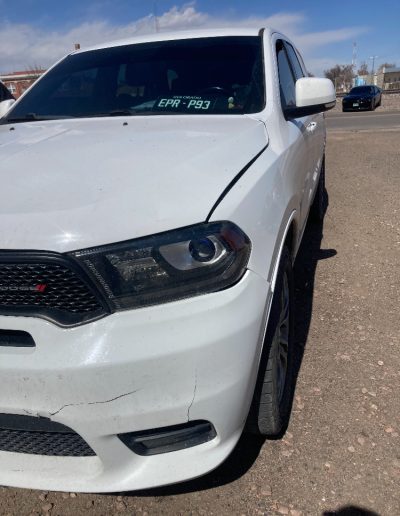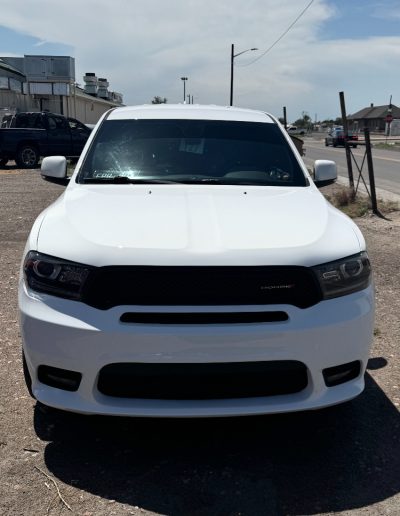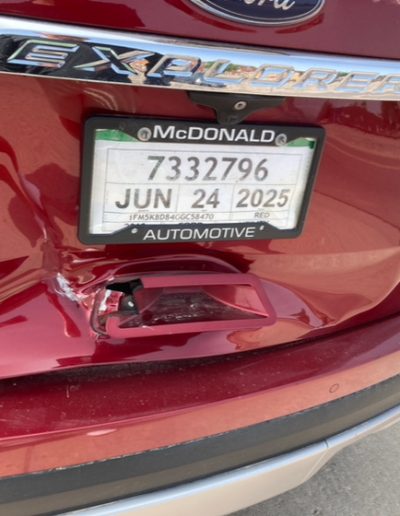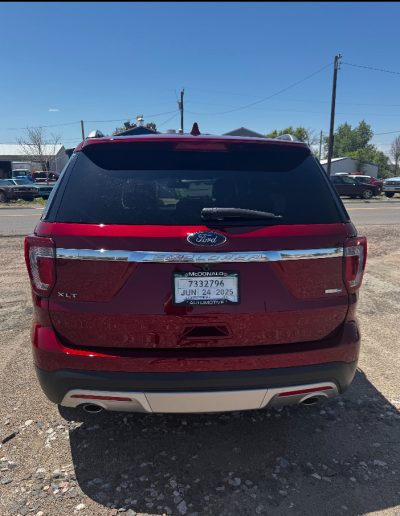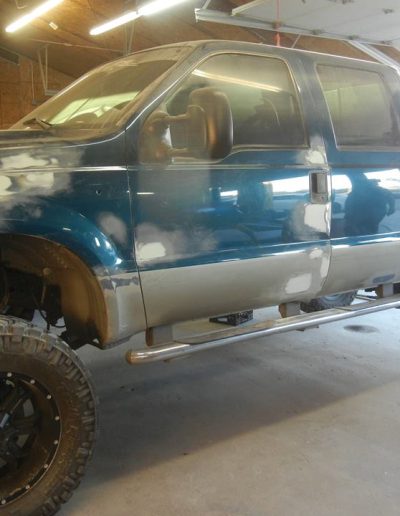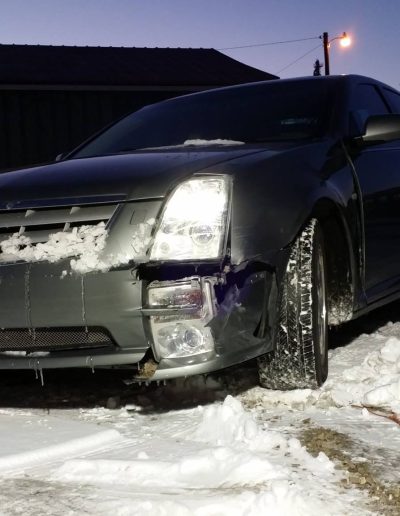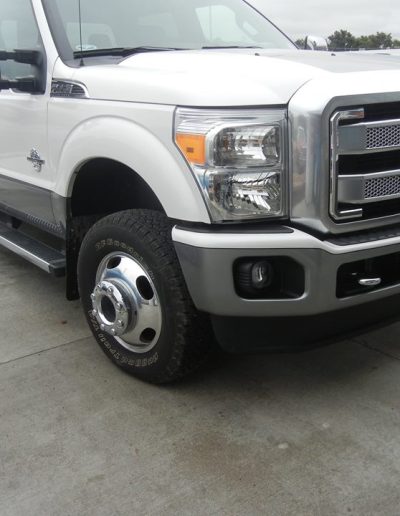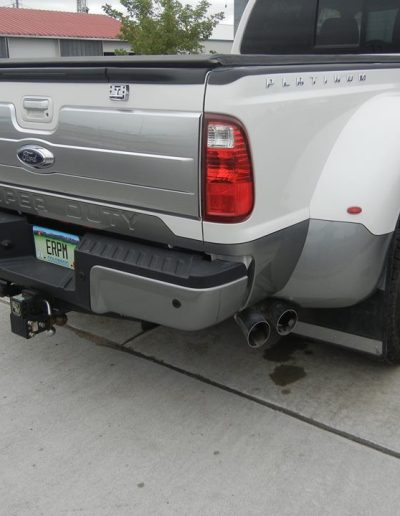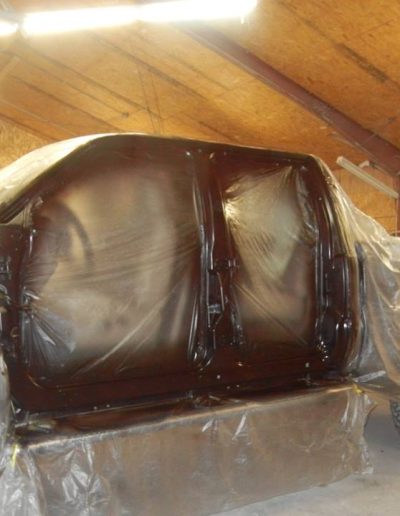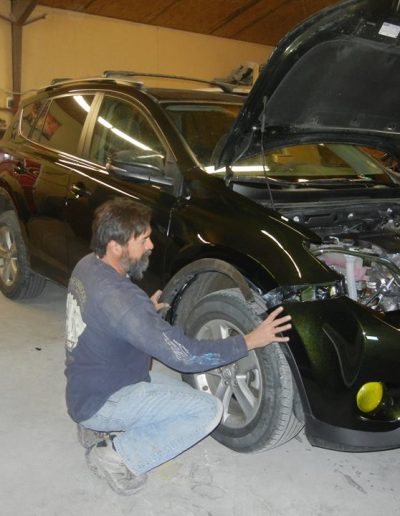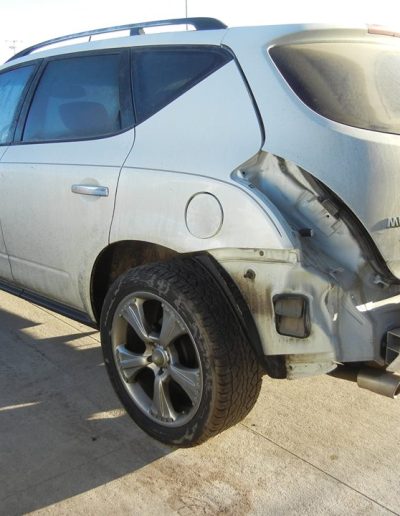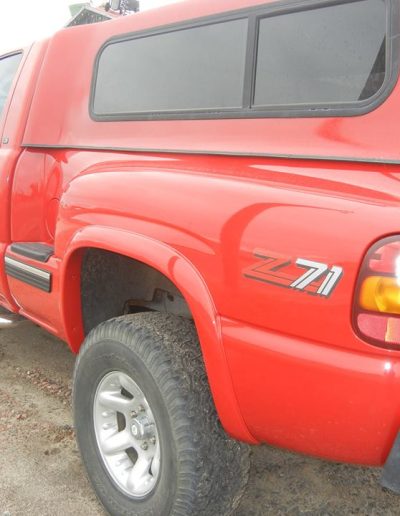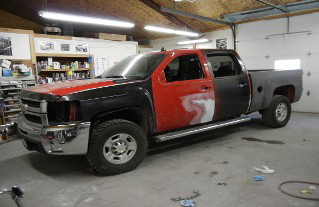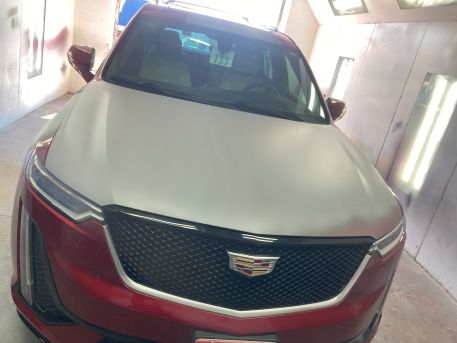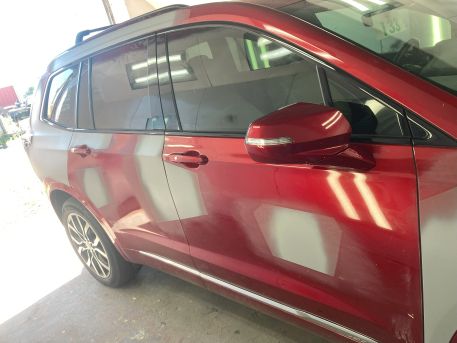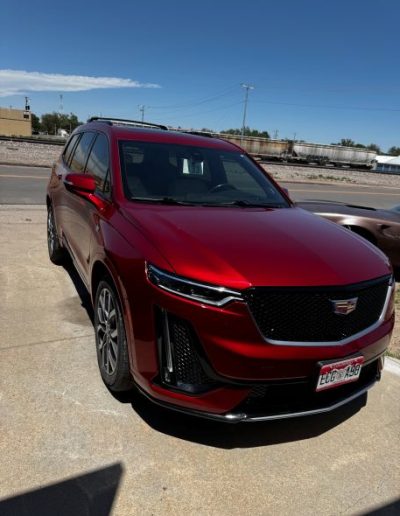Auto Body & Painting Services
Fix smashed bumpers, dented panels, scratches, and hail damage to give your vehicle a uniform appearance. Our auto paint and body shop offers select services, such as collision repair, frame straightening, and painting to make your vehicle look like brand new after a major or minor accident. We also offer custom paint jobs if you just want to change up the appearance of your ride!
Free Estimates & Insurance Work
We offer free estimates for all vehicle damage – no appointment needed. Once you have a claim number from your insurance company, we will take care of everything. You will NOT have to deal with insurance after the claim is started!
